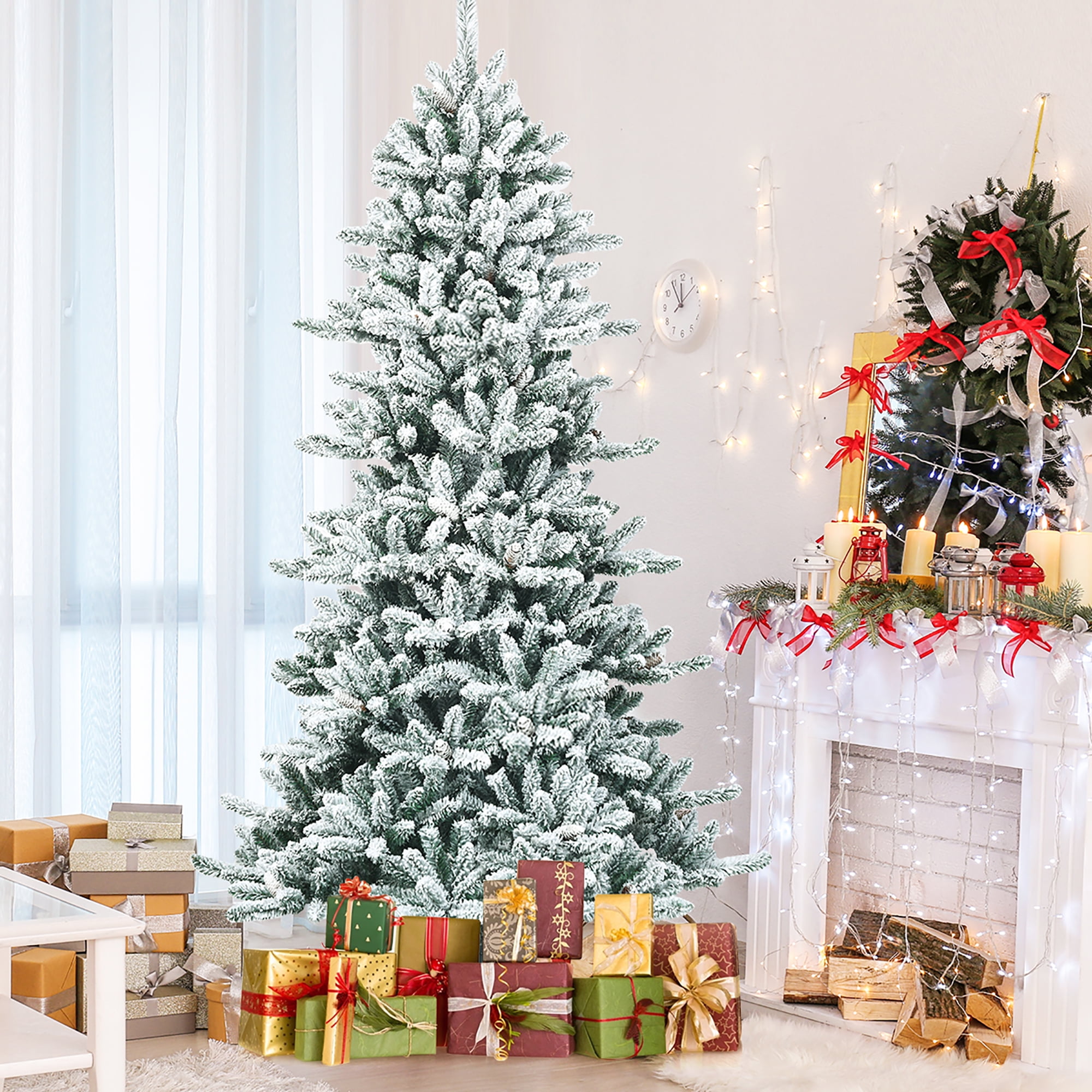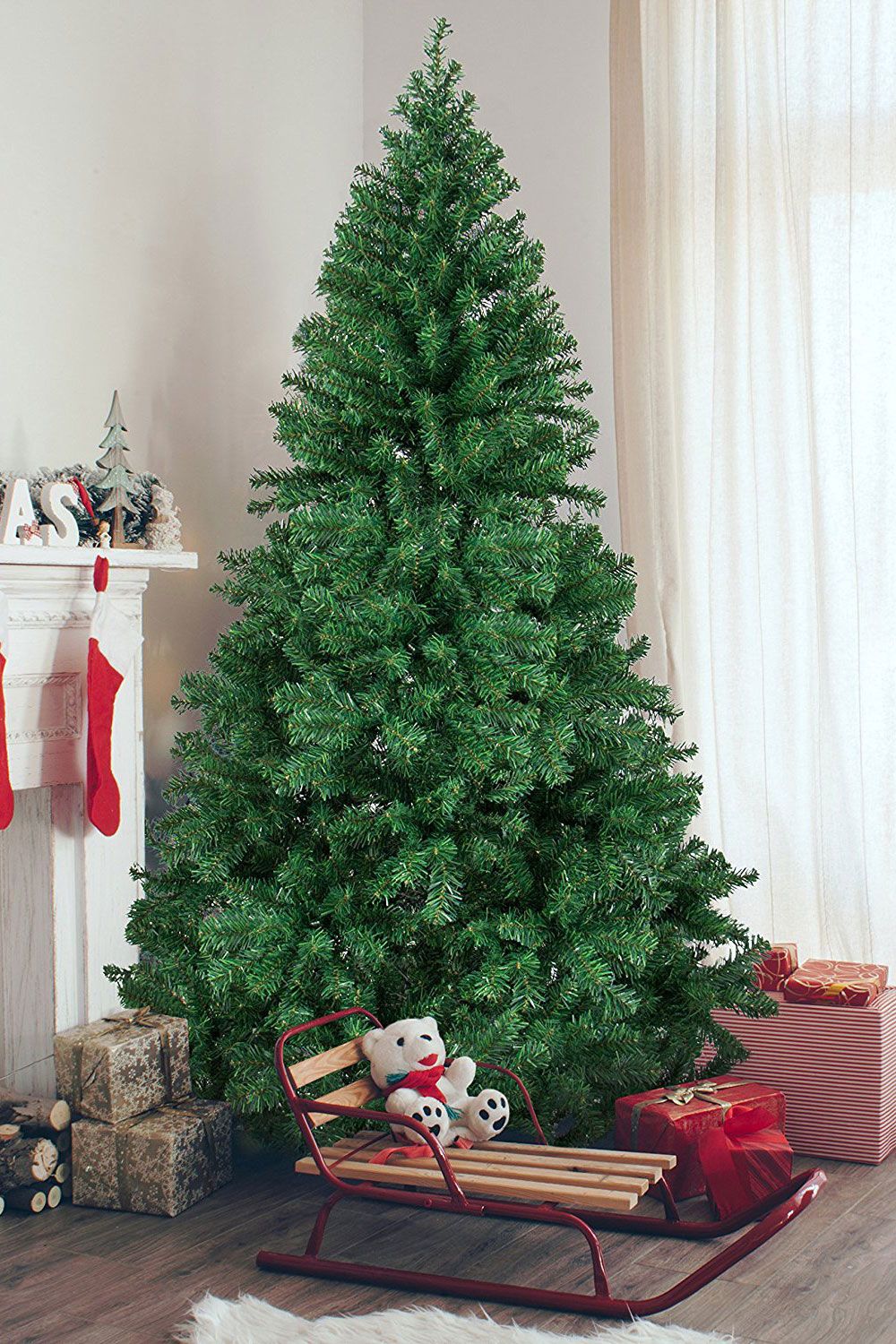
They have proven to have great qualityĬanaan Fir from the wild stands varies greatly in quality.
:max_bytes(150000):strip_icc()/4152090-2-5_Final-5c51db5246e0fb00014c3a2c.jpg)
The 260’s have been in production for 15 years. The 260 orchard is from the three best parent plants we found in all of Roan. We chose the best 10% of the Christmas tree plantings to be set as the orchard. The Balsam Richmond source is believed to be the original source of our 240 Fraser Orchard. Rogers was eliminated because of fine needles, weak twigs, and other shearing considerations. We originally started with three sources of Fraser Fir: Mount Rogers, Roan Mountain, and Balsam Richmond. In 1966, we set out our Colorado Blue Spruce orchard the original source is believed to be San Isabel. In our first selection, we gained 10% over the commercial source. The results were impressive about 70-75% of the commercial seed were Blue in color, while the seed we collected was about 80-85% blue. We tested the San Juan seed we collected against San Juan seed from a commercial seed collector. We also started collecting seed from Santa Fe and San Juan. The Colorado Blue Spruce we started growing came from San Isabel. The plants from this orchard are only available when we get a cone crop. We have an orchard of Douglas Fir that was grown from the first selection from the wild. This indicated that specific selection of trees within the forest is crucial. This out preformed the offspring of the general population of the trees within the National Forest. We then found a tree within the forest, which we named #111. The test lots agreed with Edgar Palpant, Lincoln was the best source available for Douglas Fir production on the east coast. We planted them in test lots and grew them to Christmas Tree maturity.

At this time, we started collecting seed from Coconino, Coronado, Coeur d’Alene and Lincoln. Edgar Palpant started collecting seed from other National Forest stands, put them out, and led us to the Lincoln source. The offspring from San Isabel had bottoms that faded and recovered poorly from frost damage. The Douglas Fir from Kaibab had excellent color, but became droopy after shearing and never pulled a straight leader. After we started planting, we noticed great variations within the National Forests. The first selections for Douglas Fir came from San Isabel, Kaibab, and Coconino. We started by using selections from the National Forests. In the 1960s, we started to grow Balsam Fir, Colorado Blue Spruce, Douglas Fir, and Fraser Fir. The offspring off this orchard is superior to the offspring of the wild stands. We grew this selection to Christmas tree maturity then selected the best 2% and set it into an orchard. We started growing Scotch Pine from the Spanish Guadaramma and found it to be the best source. This is when we realized the importance of genetics. These trees maintained their green color but were crooked and twisted. The second source of Scotch Pine we tried were from France. The first Scotch Pine planted were from a Polish source.

It was not long after planting the first trees that we saw how important genetics are in Christmas tree production.

Our father started planting Christmas Trees in 1950 and started our nursery business in 1955.


 0 kommentar(er)
0 kommentar(er)
